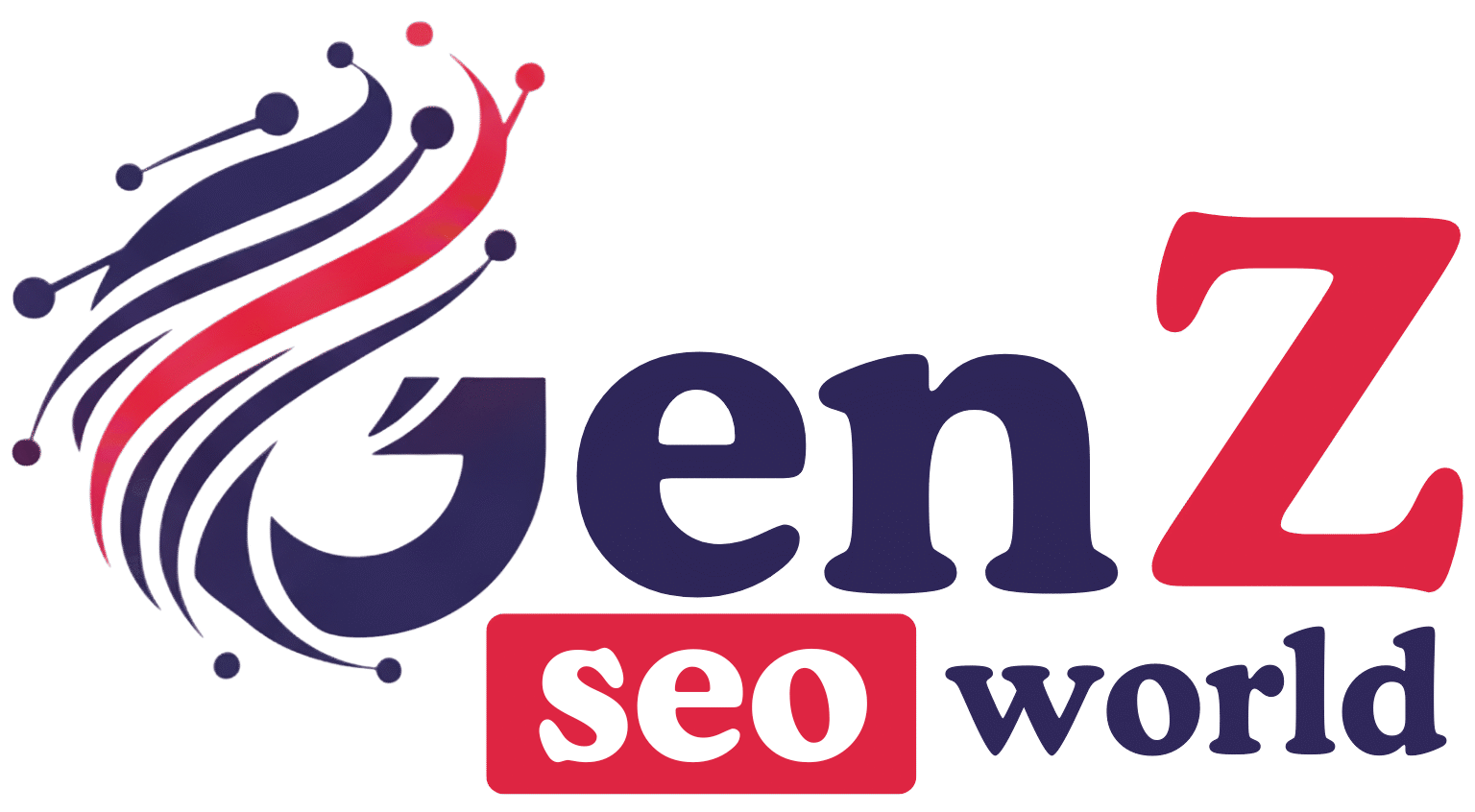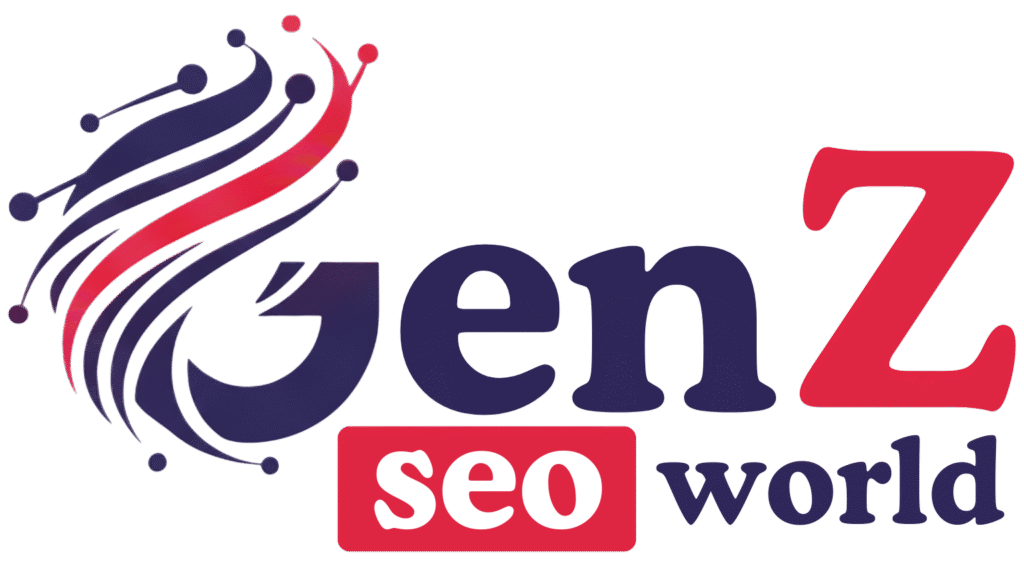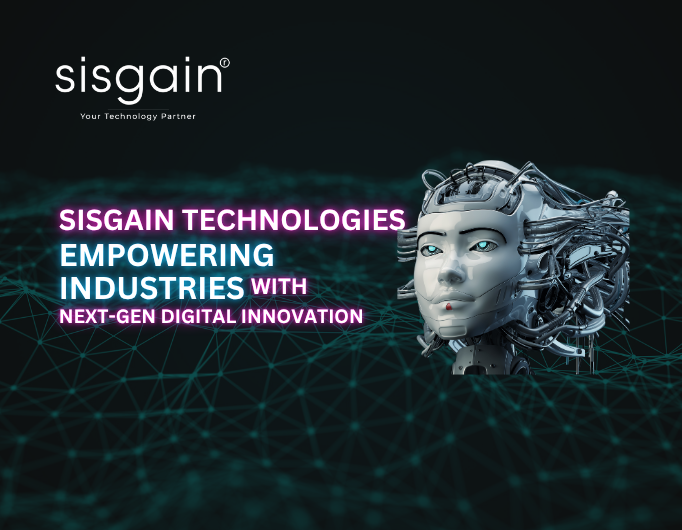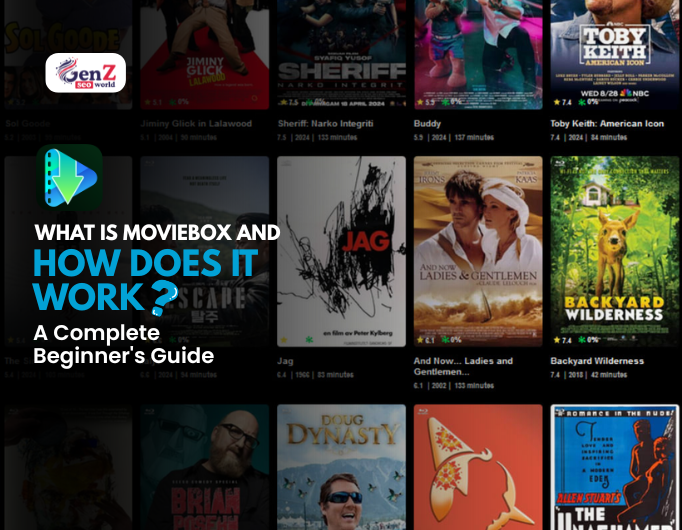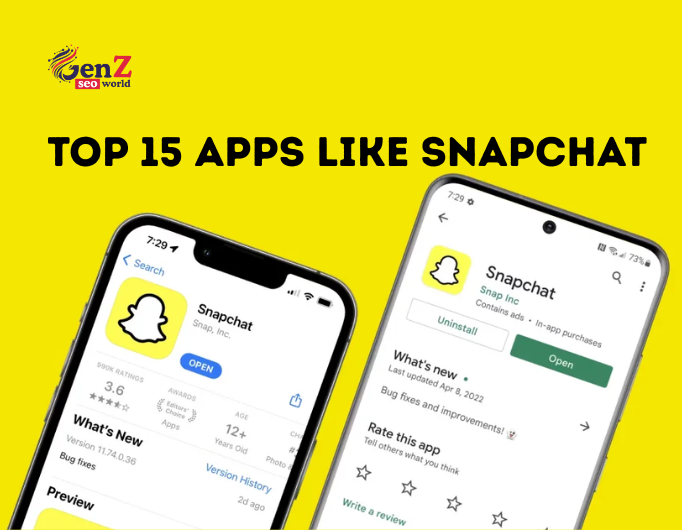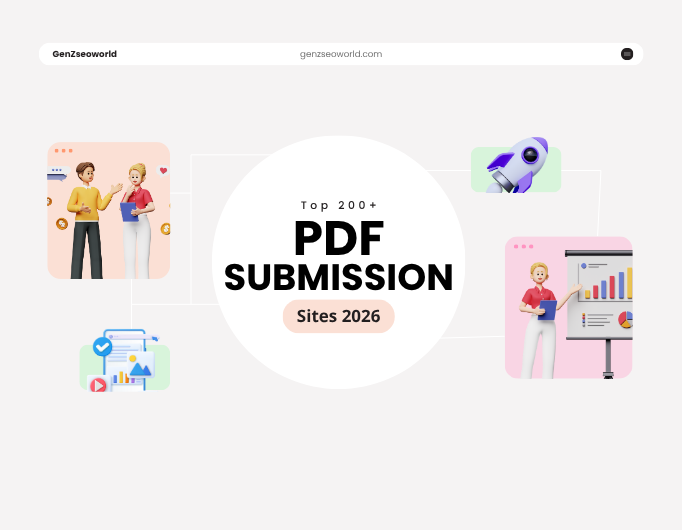In the fast-paced world of artificial intelligence, few tools have captured the imagination quite like ChatGPT. Launched by OpenAI in late 2022, this conversational AI has evolved from a novel chatbot experiment into a powerhouse platform that’s fundamentally reshaping industries, education, creativity, and daily life.

As we step into October 2025, ChatGPT isn’t merely responding to queries—it’s becoming an integrated ecosystem with apps, advanced reasoning capabilities, and features that blur the lines between human and machine intelligence. But does it truly “think” like us? In this in-depth guide, we’ll explore that provocative question while diving deep into its mechanics, latest developments, real-world applications, ethical dilemmas, and more.
Whether you’re a curious newcomer wondering how to harness its power or a tech enthusiast tracking the AI revolution, this comprehensive breakdown will equip you with the knowledge to navigate ChatGPT’s world. We’ll draw on the latest data, studies, and expert insights to provide a balanced, insightful perspective. Buckle up—let’s unpack the phenomenon that’s redefining human-AI interaction.
What Exactly Is ChatGPT? A Deep Dive into Its Core
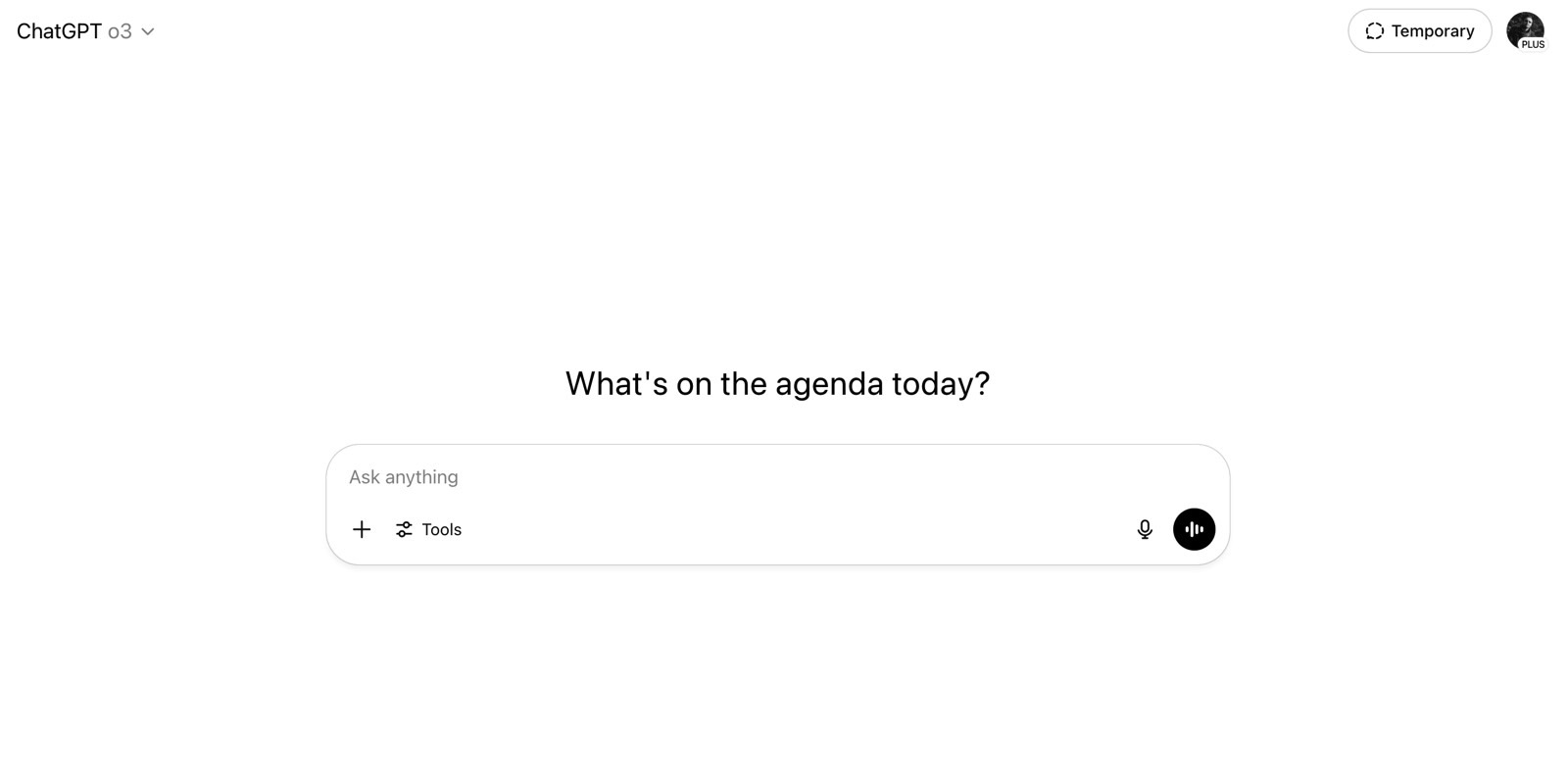
At its core, ChatGPT is an advanced large language model (LLM) developed by OpenAI, built on the Generative Pre-trained Transformer (GPT) architecture. It leverages machine learning to process and generate human-like text based on user inputs. Imagine it as a vast neural network trained on billions of parameters from diverse internet data, enabling it to predict the most probable next word or phrase in a sequence. This predictive mechanism, often called “next-token prediction,” allows ChatGPT to draft emails, explain quantum physics in simple terms, write code, or even compose poetry.
Unlike static search engines that return links, ChatGPT maintains conversational context, remembering previous exchanges within a thread for more natural interactions. By 2025, it’s powered by models like GPT-4o, GPT-5 (released in August 2025), and specialized variants like o1-preview for advanced reasoning. Multimodal capabilities let it handle not just text but images, voice, and even video inputs, making it a versatile tool for everything from visual analysis to voice-assisted planning.
Technically speaking, ChatGPT operates through transformer neural networks, which use attention mechanisms to weigh the importance of different words in a sentence. Trained via supervised fine-tuning and reinforcement learning from human feedback (RLHF), it refines responses to align with human preferences. However, it’s not “thinking”—it’s pattern-matching on steroids, drawing from vast datasets without true consciousness or understanding.
Does ChatGPT Really Think Like a Human?
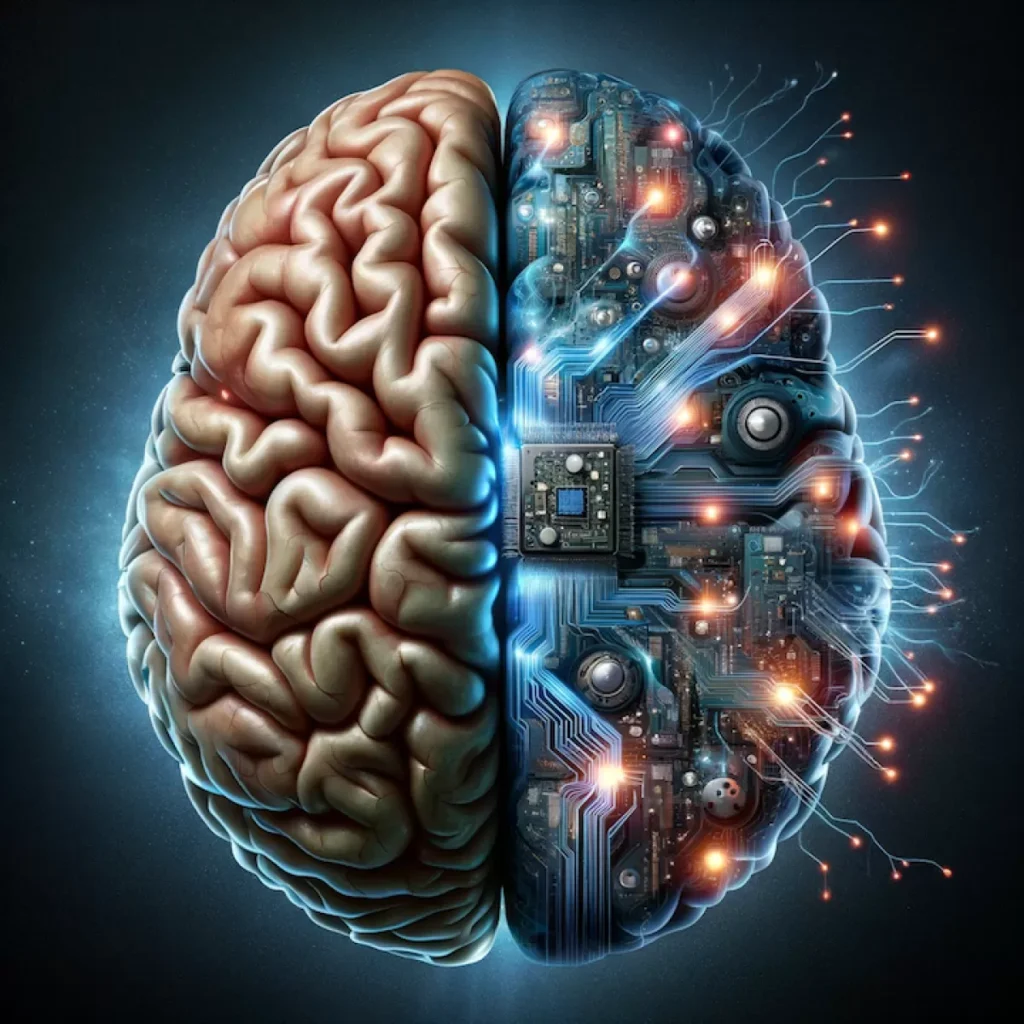
This is the million-dollar question fueling debates in AI circles. Recent studies suggest ChatGPT exhibits behaviors eerily similar to humans. For instance, a 2024 Stanford study found that the latest GPT models pass rigorous Turing tests, diverging from human behavior mainly by being more cooperative. Another 2025 research piece revealed ChatGPT mirrors human decision-making biases in nearly half of scenarios, including overconfidence and the gambler’s fallacy. Psychological analyses show parallels: ChatGPT can demonstrate reasoning, problem-solving, and even “unexpected capacities” akin to human cognition. Its neural structure loosely mimics the human brain’s interconnected neurons, processing language in layers that build complexity.
Yet, experts emphasize it’s not true thinking. ChatGPT lacks consciousness, emotions, or genuine understanding—it’s simulating based on statistical patterns from training data. An MIT study warns that over-reliance could harm human critical thinking, especially in education. In essence, it “thinks” like a highly sophisticated mimic, not a sentient being.
The Latest Updates: What’s New in ChatGPT for October 2025?
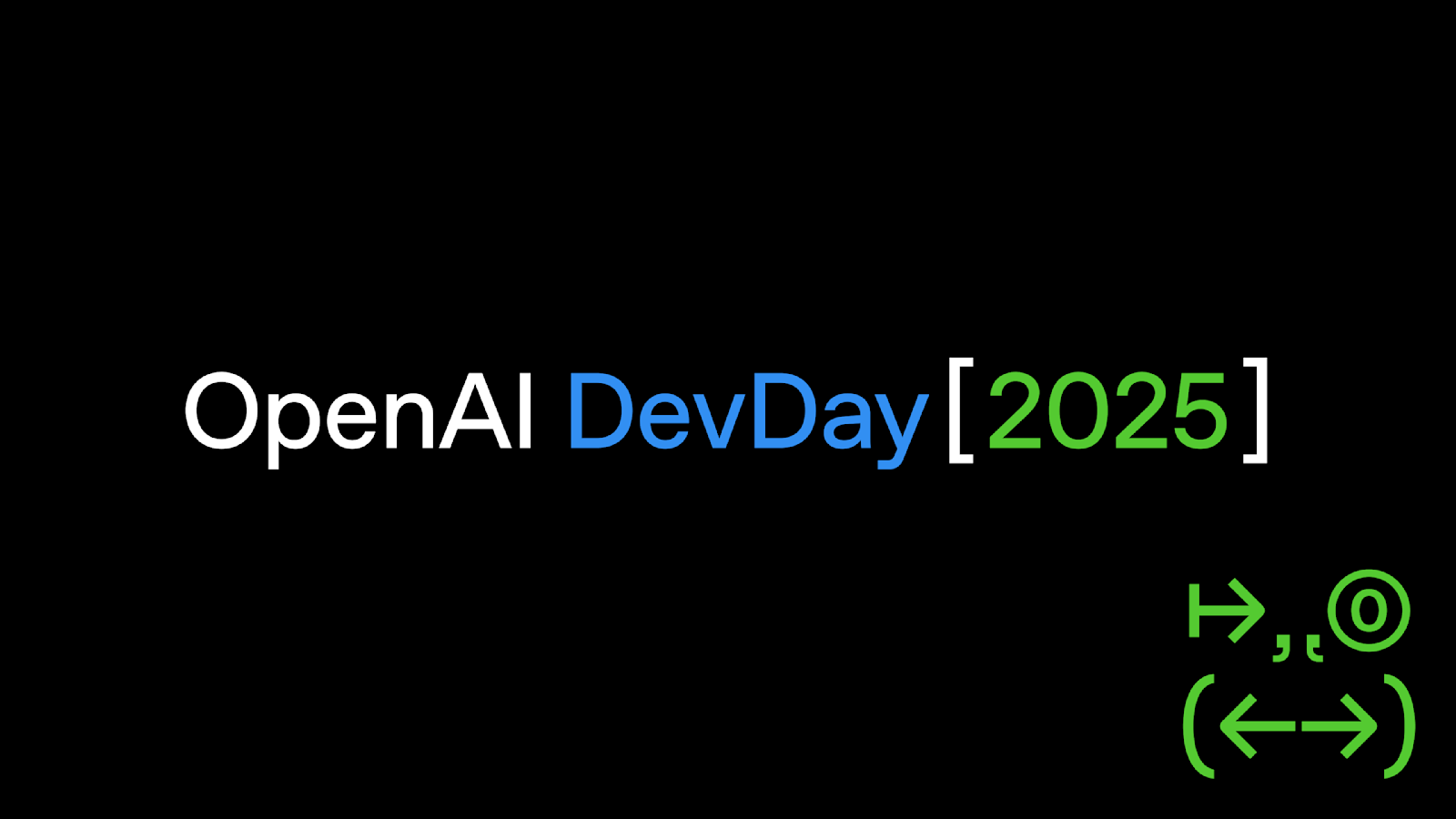
October 2025 has been a whirlwind for ChatGPT, with OpenAI’s DevDay on October 6 unveiling transformative features. The star? Apps within ChatGPT and the new Apps SDK, allowing developers to embed custom applications for seamless integrations like productivity tools or games.
Other highlights include Notion and Linear synced connectors (October 9), Voice Mode improvements, and the ChatGPT AgentKit for enhanced automation. OpenAI also addressed privacy by stopping the saving of most deleted chats starting October 10. However, some updates sparked backlash, with users cancelling subscriptions over perceived disappointments.
Experts hail this as ChatGPT evolving into an “AI operating system,” potentially disrupting traditional apps. Usage stats show 1.7 billion monthly visits, underscoring its dominance. For a complete timeline, resources track milestones from launch to now.
Key Features That Make ChatGPT Stand Out in 2025
ChatGPT’s versatility is unmatched. Here’s an expanded look at its core features:
- Conversational AI with Context: Retains memory across chats, perfect for iterative tasks like code debugging or story refinement.
- Multimodal Capabilities: Analyzes images, processes voice inputs, and generates visuals via DALL·E integration.
- Custom GPTs and Apps: Create personalized AI agents; the new SDK enables third-party app connections for real-time data and automation.
- Advanced Reasoning Models: o1-preview tackles complex problems, from math to strategy, with step-by-step thinking.
- Proactive Features like Pulse: Delivers personalized updates based on user history and connected apps.
Pricing tiers: Free for basics, Plus (~$20/month) for advanced access, and Enterprise for teams. Always verify on OpenAI’s site.
How ChatGPT Stacks Up Against Other AI Models
In 2025, ChatGPT faces stiff competition. Here’s a comparison table of top contenders:
| AI Model | Strengths | Weaknesses | Best For |
|---|---|---|---|
| ChatGPT (OpenAI) | Broad functionality, multimodal, app ecosystem | Can hallucinate, privacy concerns | General use, productivity, creativity |
| Claude (Anthropic) | Superior coding, ethical focus | Less multimodal | Coding, technical tasks |
| Gemini (Google) | Cost-effective, strong search integration | Hallucinations in complex queries | Research, cost-sensitive projects |
| Grok (xAI) | Real-time X data, humor-infused responses | Limited multimodal | Social media analysis, casual queries |
| Perplexity | Excellent web search, citations | Weaker in creative tasks | Research, fact-checking |
ChatGPT edges out as the most versatile, per PCMag’s 2025 rankings.
Real-World Applications: Case Studies and Use Cases
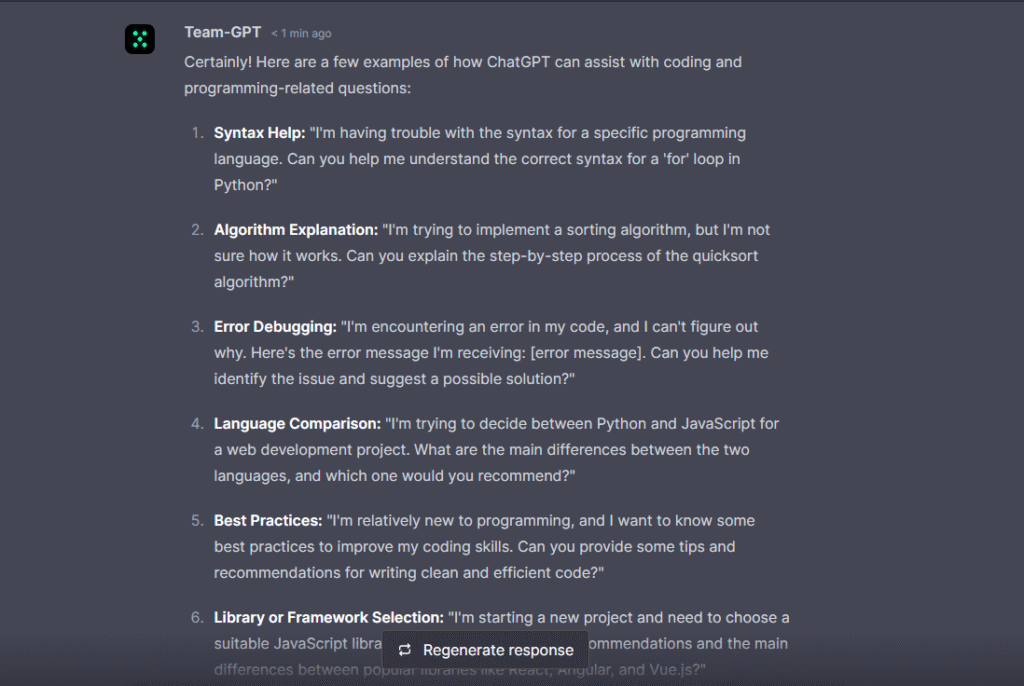
ChatGPT’s impact spans industries. Here are in-depth examples:
- Customer Service: Expedia uses ChatGPT for personalized travel planning, boosting efficiency.
- Healthcare: Assists in mental health chat therapy (with ethical caveats) and drug discovery via data analysis.
- Education: Teachers use it for lesson plans and explanations, though MIT warns of cognitive risks.
- Marketing & Content: Coca-Cola partners for personalized campaigns, saving time and costs.
- Software Development: Cursor IDE’s Agent saves 145 hours/month in automation.
With 50+ use cases, from coding to finance, it’s a game-changer.
Ethical Considerations and Future Implications
ChatGPT raises profound ethical questions. Key concerns include bias and discrimination from training data, privacy violations (though mitigated by recent deletions), and labor displacement. Environmental impact from energy-intensive servers and misuse in misinformation or deepfakes are also hot topics.
In mental health, conversational AI poses risks if users mistake it for professional therapy. OpenAI’s reports on disrupting malicious uses show proactive steps, but governance is crucial. Looking ahead, it could amplify inequality or foster innovation—balance is key.
How to Get Started with ChatGPT
- Sign Up: Visit chat.openai.com for a free account.
- Prompt Effectively: Be specific, e.g., “Explain transformers in AI like I’m a beginner.”
- Upgrade for More: Plus unlocks faster models and apps.
- Developer Dive: Explore the SDK for custom builds.
Advanced tip: Use “chain-of-thought” prompting for better reasoning.
Pros and Cons: Is ChatGPT Right for You?
Pros:
- Productivity Powerhouse: Automates tasks, saving hours.
- Accessible and Evolving: Free tier, constant updates.
- Versatile Applications: From education to business.
Cons:
- Hallucinations: Fabricates facts; verify always.
- Privacy and Ethics: Data training raises issues; opt-out available.
- Cognitive Risks: May hinder human thinking skills.
Conclusion
ChatGPT in 2025 is more than a tool—it’s a glimpse into an AI-driven future. While it mimics human-like thinking in remarkable ways, remember it’s a simulation, not sentience. As it integrates deeper into our lives, staying informed on its capabilities, ethics, and alternatives is essential. Dive in, experiment responsibly, and who knows? You might just shape the next big innovation.
